Study shows salmon can adapt to low H2S levels in recirculating aquaculture systems, potentially improving fish health and aquaculture practices
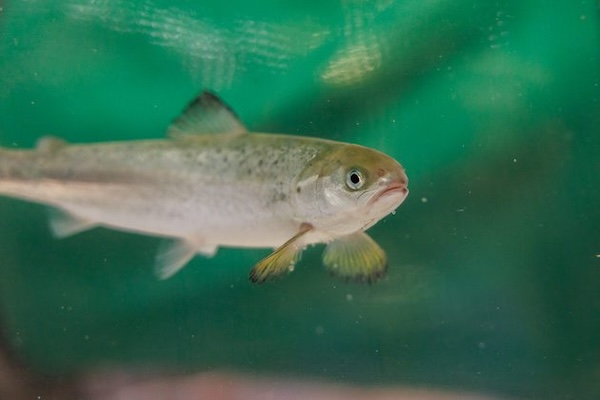
Researchers from Nofima, along with international partners, have uncovered key insights into how Atlantic salmon respond to long-term exposure to low levels of hydrogen sulfide (H2S) in recirculating aquaculture systems (RAS). The study, published in Ecotoxicology and Environmental Safety, offers valuable insights for land-based salmon farming, with significant implications for fish health and welfare.
Hydrogen sulfide is a toxic gas that can form in RAS, especially when the water is saltier. Even small amounts of H2S can cause health issues and death in salmon. A recent study examined how salmon are affected by long-term exposure to low levels of hydrogen sulfide, which can happen during regular production in RAS.
The researchers studied how salmon’s skin, gills, and nose – key defenses against environmental threats – react to long-term exposure to low levels of H2S. They found that when salmon are exposed to H2S, their gills and nose activate genes that help them handle stress and boost immune responses.
The study found that salmon can naturally detoxify H2S, and researchers identified protein markers in their mucus from the skin and gills that could be used for easy, non-invasive H2S exposure testing.
“Our findings suggest that salmon can largely adapt to the low H2S levels we tested, without serious negative health effects,” said Carlo C. Lazado, project leader from Nofima. “This is good news for the aquaculture industry, but also underscores the importance of careful monitoring and control of H2S levels in RAS facilities.”
The study could help improve Atlantic salmon farming by suggesting better H2S risk assessments and limits for recirculating systems. It helps land-based farms, where H2S levels can be higher, by promoting healthier fish through better management and natural defense enhancement.
Now that you've reached the end of the article ...
… please consider supporting GSA’s mission to advance responsible seafood practices through education, advocacy and third-party assurances. The Advocate aims to document the evolution of responsible seafood practices and share the expansive knowledge of our vast network of contributors.
By becoming a Global Seafood Alliance member, you’re ensuring that all of the pre-competitive work we do through member benefits, resources and events can continue. Individual membership costs just $50 a year.
Not a GSA member? Join us.
Author
Tagged With
Related Posts
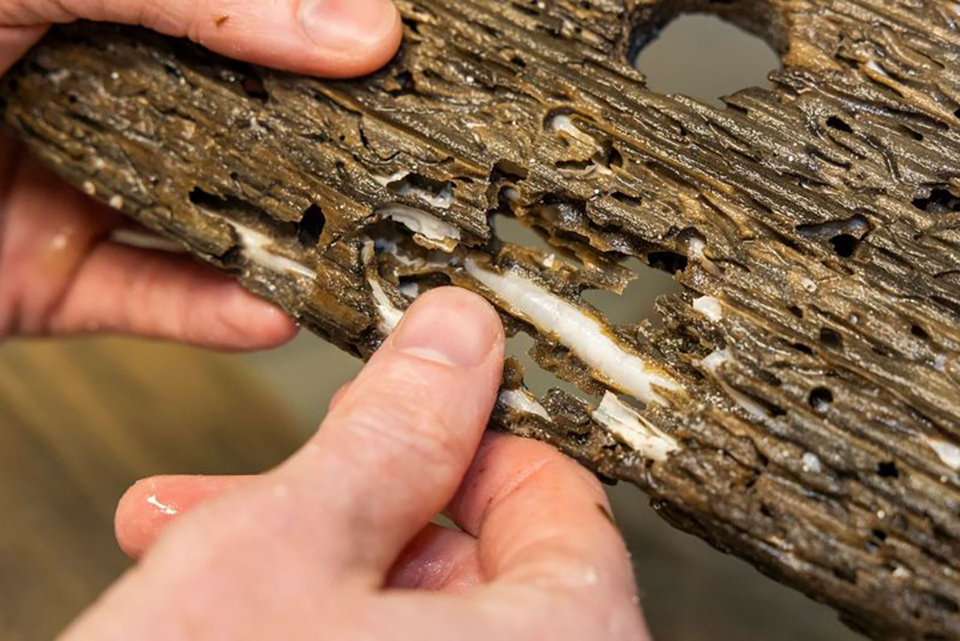
Intelligence
From naked clams to fish fitness, land-based aquaculture is thinking outside the tank
New approaches to land-based aquaculture include cultivating unusual species and implementing new health regimes for fish fitness.
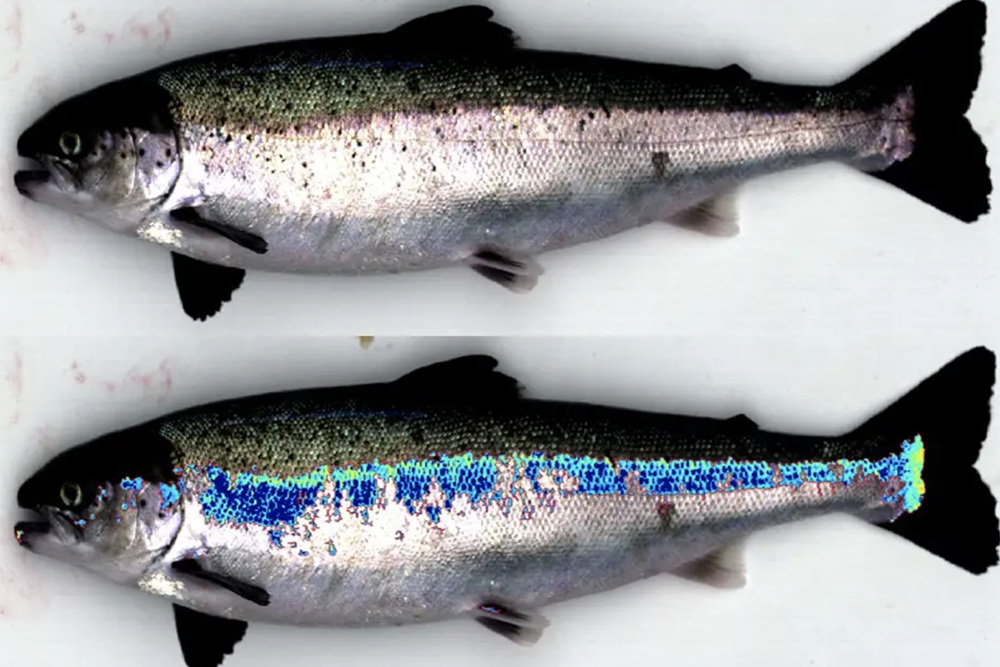
Health & Welfare
Vision quest: Behind Norwegian researchers’ high-tech approach to fish welfare assessments
Nofima's DeepVision project explores how hyperspectral cameras can improve the speed and accuracy of fish welfare assessments in aquaculture.
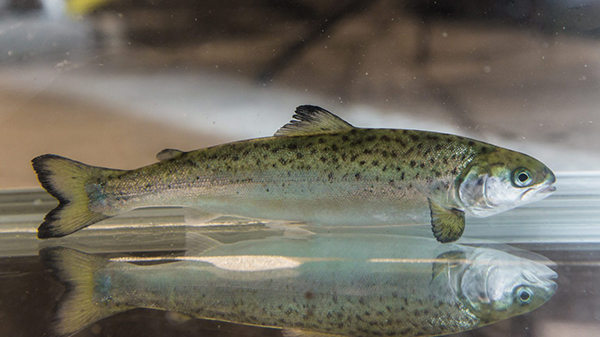
Health & Welfare
Health test for salmon smolt may improve survival chances
Nofima scientists have developed a test that measures the immune status of salmon smolt that could increase the smolts’ chances of survival.
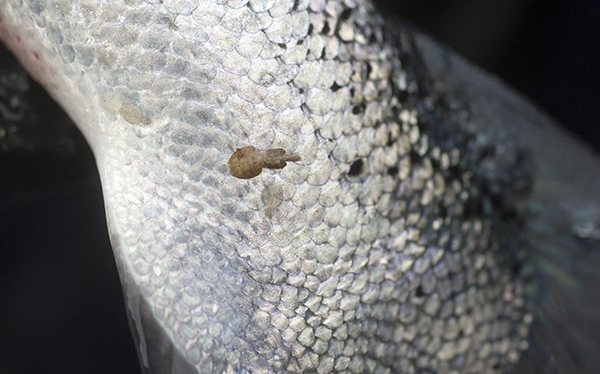
Health & Welfare
What can coho salmon teach us about sea lice resistance in Atlantic salmon?
Studying coho salmon’s sea lice resistance could lead to genetic advances to better protect Atlantic salmon, Nofima scientists say.



